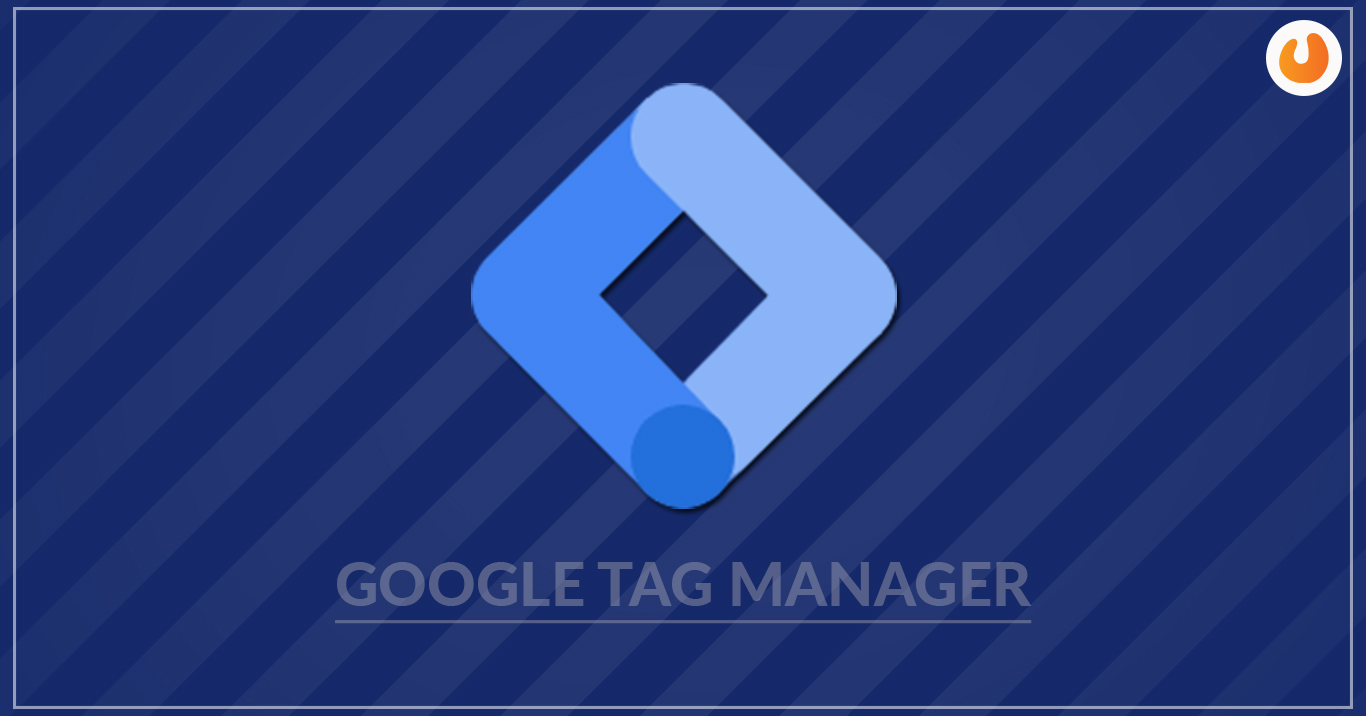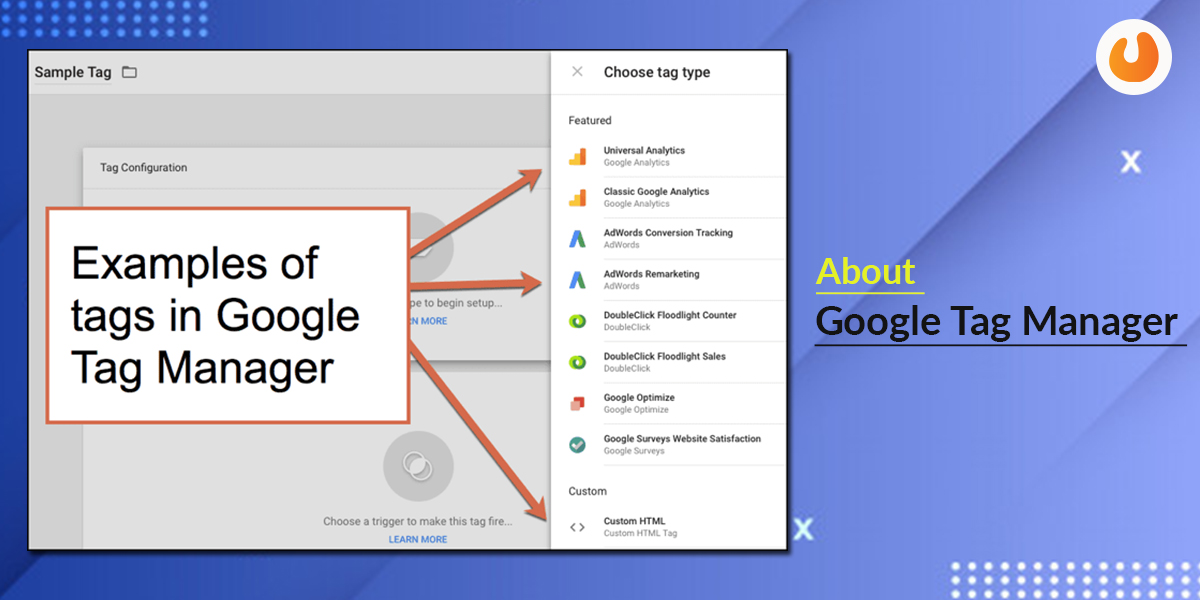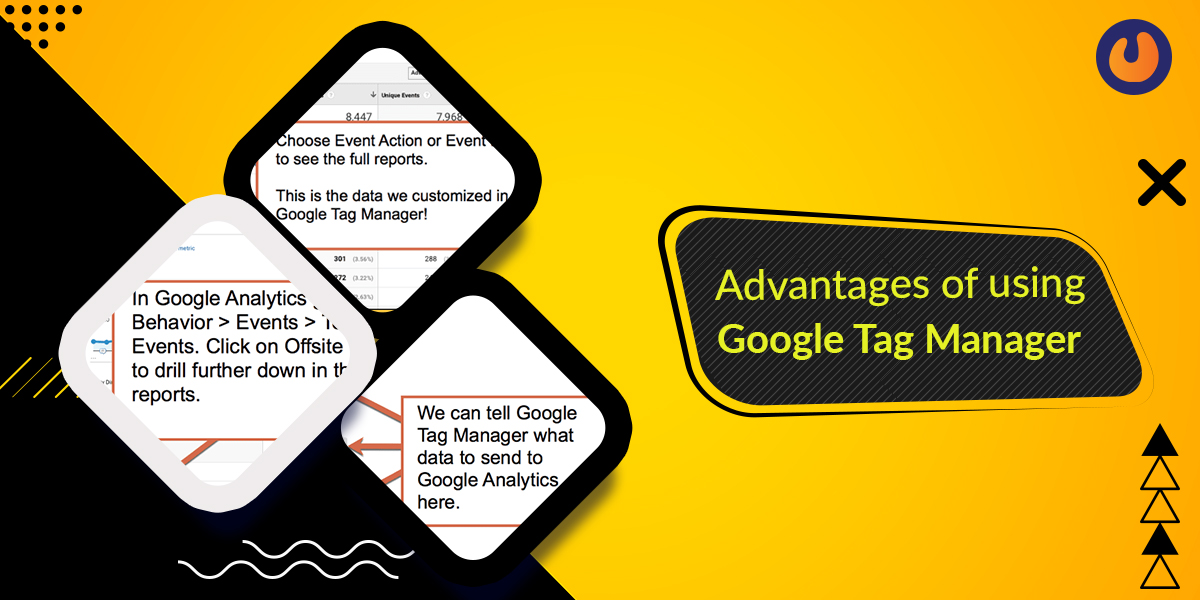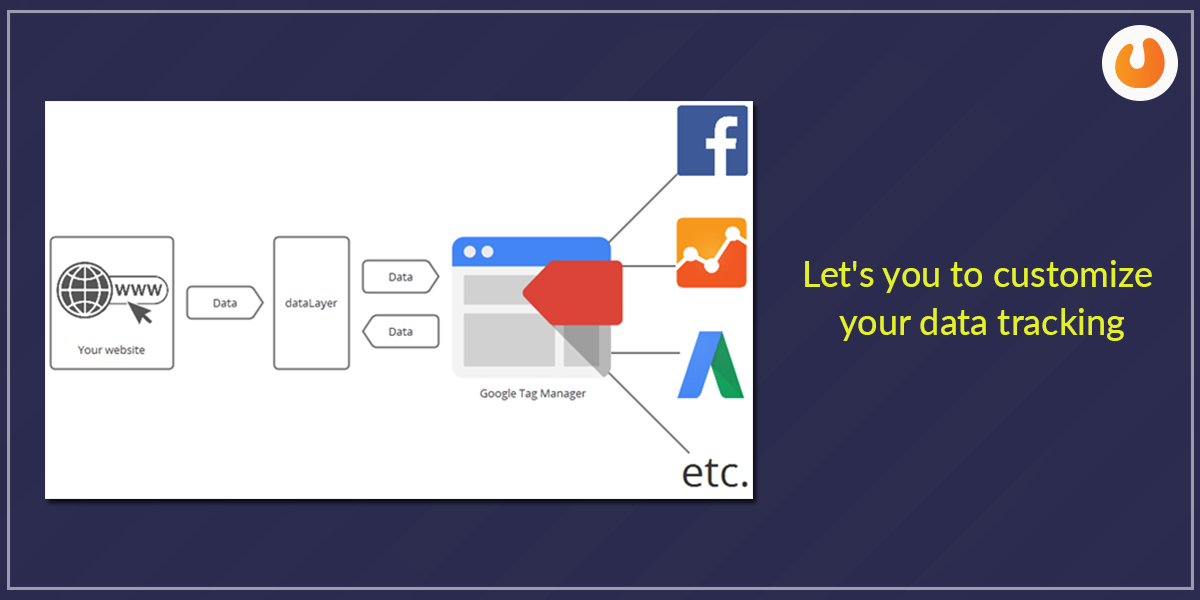

One of the better ways to improve your digital marketing and maximize your website’s success is to track your website. Google Analytics is one such tool that lets you see how people find your website and how they interact with it.
There are some snippets of code called tags. These tags are snippets of code that extract data from your site and send it to tools such as Google Analytics. Let us discuss Google Tags and Google Tag Manager in detail now.
You must be wondering why to use Google Tag Manager and what is its significance. Let us brief you about the same.

Goole Tag Manager is Google’s free tool that helps you create and manage tags for your website. Tags are snippets of code that rasp information about your website and send it to a program where you are able to access it.
Google Tags are used to send information to Google tools like Google Analytics and Google Ads (Adwords) besides tools from third parties. If you don’t have a Tag Manager, you will have to modify your website’s code manually and add tags. However, with Google Tag Manager, you can manage your tags using an interface, codes that tags and will add to your website.
Google Tag Manager comes with numerous advantages and is profitable for businesses and websites. Below are some of the merits of using Google Tag Manager.

Even a non-technical person can manage tags effortlessly. There is no need to be technically sound to know how tags work.- This means there is no need to rely on a web developer, as your marketing team can easily do all the chores.
Also Read – 8 Advantages Of Outsourcing PPC Campaigns
With Google Tag Manager, you can manage your tags even if you are unaware of how to alter your code manually. Here, Google Tag Manager can help your tags to load more efficiently.
What happens here is, if tags are fired at the same time, one slow tag can delay the rest. With the help of Googe Tag Manager, tags are fired whenever they are ready without slowing down the rest of the page. You can also assign the order in which you wish tags to fire with Google Tag Manager.
Google Tag Manager is an all-rounder as it can work with Accelerated Mobile Pages(AMP) sites, Websites, and Mobile apps as well. You can update your app’s tags without releasing a new version of your app with Google Tag Manager.
It is easy to customize the data you track for your website with Google Tag Manager. It helps you to track custom events and test out new data collection methods.

Apart from Google Ads and Google Analytics, the Tag Manager can work with a lot many third-party tools including, Salesforce, Adobe Analytics, Twitter, and much more. Google Tag Manager keeps all the codes of these tools in a single place.
One of the best things about Google Tag Manager is, it checks for errors before they go live. -This takes place in the preview and debug mode. This feature also lets you see all the tags that are firing on a page.
Now when you are clear about the advantages of setting up a Google Tag Manager, you should be looking forward to setting up Google Tag Manager. However, before setting up, you should be asking yourself these questions.
If you are working with a lot of tags, Google Tag Manager can help you save a lot of time. If you are frequently using a lot of tags or add new tags, you should be using Google Tag Manager.
Do you find it challenging to add tags, waiting long periods for your web developers to add new tags? If yes, then you should opt for Google Tag Manager. But, in case you are technically sound and know how to add tags, then there is no need to use Googe Tag Manager.
Do you wish to customize the data you track?
With the help of Google Tag Manager, it is easy to customize your tags because doing this will help you track different kinds of data in new ways. You should give it a thought whether your business could benefit from customizing your website data tracking. The Google Tag Manager helps you to start customizing your tagging, which is indeed necessary.
